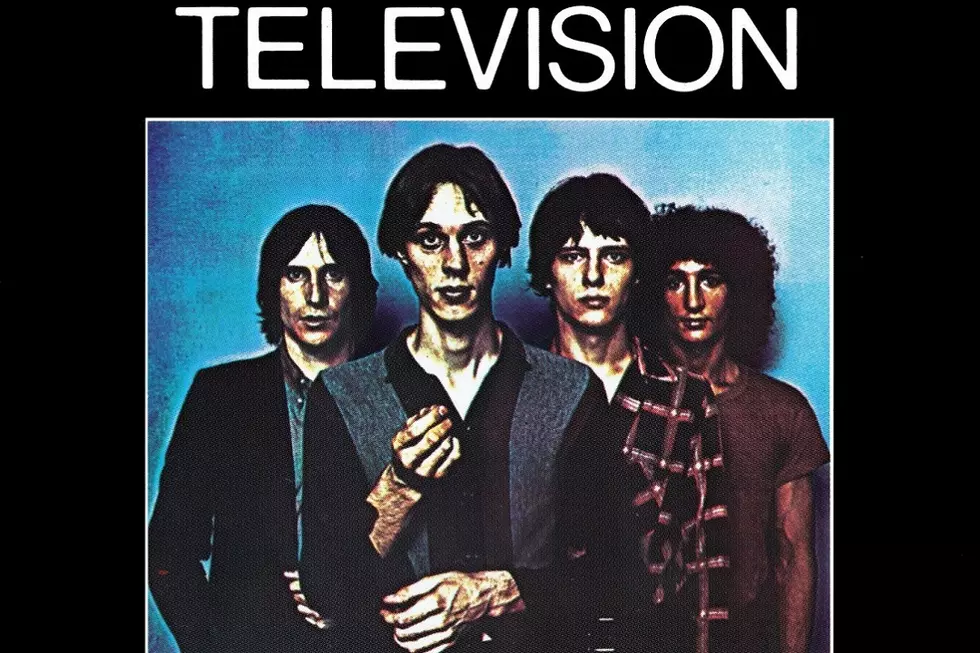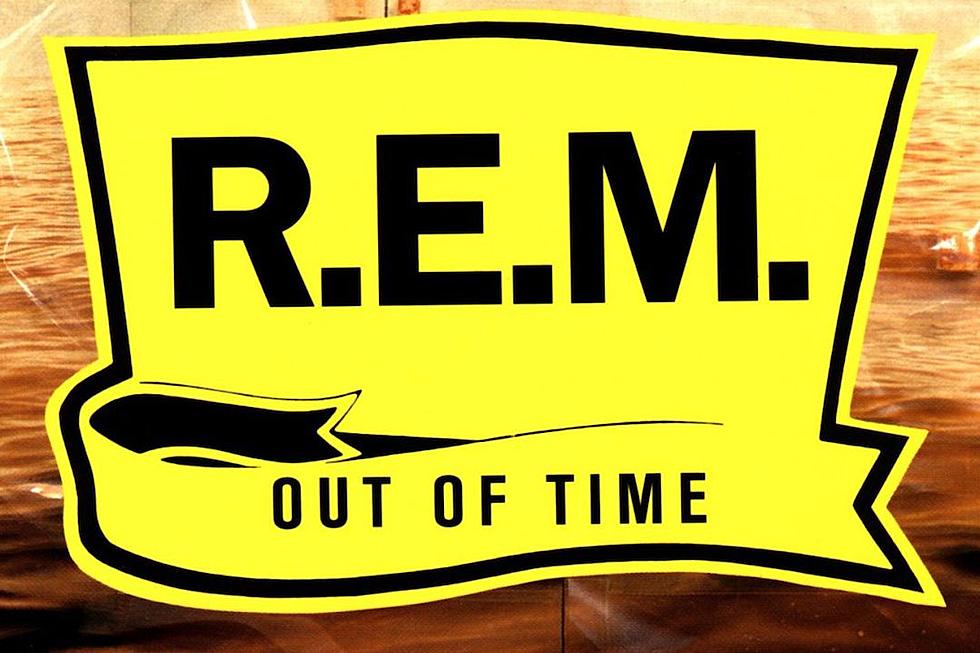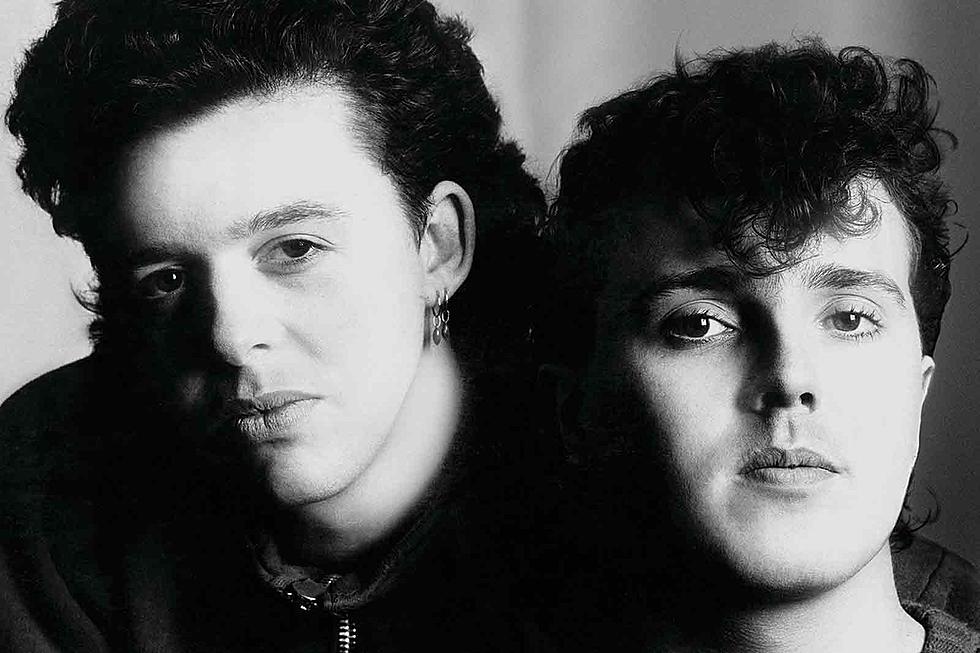25 Years Ago: The Sugarcubes End on a High Note With ‘Stick Around for Joy’
The Sugarcubes were in an odd place by the time they released their third album, Stick Around For Joy, on Feb. 18, 1992. After making a splash stateside in 1988 with Life's Too Good—featuring the Cure-esque rave-up "Motorcrash" and delicate, spidery "Birthday"—the Iceland band kept the good times going by touring the U.S. with New Order and Public Image Ltd. in 1989.
"It was a great tour with no responsibility," Björk told VOX in 1992. "We only had to play every other day, and all we had to do was smile at John Lydon when he was puking."
However, the Sugarcubes' second LP, 1989's Here Today, Tomorrow Next Week!, wasn't received with the same fervor as Life's Too Good was, and the members decided to take a break. "We've always done other things, and when all this hullabaloo about the Sugarcubes started, we were 85 percent doing our paid jobs and 15 per cent doing the Sugarcubes for fun," co-vocalist Einar Örn Benediktsson told VOX. "Then we became the Sugarcubes 100 percent for pay."
According to that same article, this laissez-faire attitude was tough for Derek Birkett, the boss of the Sugarcubes' label, One Little Indian: The band is "f---ing impossible to deal with," he was quoted as saying. "I love what they are doing, but they are the only band I've ever worked with for whom the band isn't the priority. That's why they all went off and got jobs."
Still, the time apart helped the Sugarcubes rebound from the lukewarm reception to Here Today, Tomorrow Next Week! (as well as provided an apt title in Stick Around For Joy, which was reportedly a saying spotted on a pop machine). For starters, the record featured the massive radio song "Hit," which spent five weeks atop the Billboard Modern Rock Tracks chart, from Feb. 29 to March 28.
The tune embodies the Sugarcubes' anything-goes, kitchen sink approach: DJ-indebted record scratches and baggy-inspired beats and grooves add danceable flair, while synthetic strings and a rapping bridge ground the song firmly in modern music. Despite the patchwork sonic chaos, the song somehow hung together like a charm.
"Leash Called Love" also hit No. 1 on Dec. 19, this time on the Billboard Hot Dance Music Club Play charts. The exuberant tune boasts similarly pastiche-like characteristics: splashy drums, free-floating keyboards, the occasional funk burst, and starry-eyed vocal interplay between Björk and Einar, who sang around each other like dancefloor dervishes.
Other songs reference breezy reggae ("Lucky Night"); cartoonish proto-Britpop ("Vitamin"); and jazz-rock dissected by new wave ("Hetero Scum"). "I'm Hungry" sounds like a James Bond theme playing during a slow-motion car crash, while "Chihuahua" is downright bizarre-world Siouxsie and the Banshees, courtesy of Björk and Einar's growling, abstract vocals and stuttering horns.
"We're not normal," Björk told Details in 1992. "But people have started to see us more the way we see ourselves, which makes life a whole lot easier. I wouldn't say that our music is different because we're from Iceland. People think we're odd, even in Iceland."
Yet Stick Around For Joy's internal logic is somehow cohesive despite all of the genre clashing. Witness the opening track "Gold," one of the Sugarcubes' best tracks and a precursor to the kind of colorful, orchestrated electropop Björk would embrace in her innovative and boundary-challenging solo career.
That time was close: By the end of 1992, the Sugarcubes had split up. (Björk's first solo record, Debut, was in stores by mid-1993.) Still, the band ended on friendly terms—and even got together for old times' sake in 2006 for a benefit gig that (by all accounts) was dynamite.
Bjork Albums Ranked in Order of Awesomeness
More From Diffuser.fm









